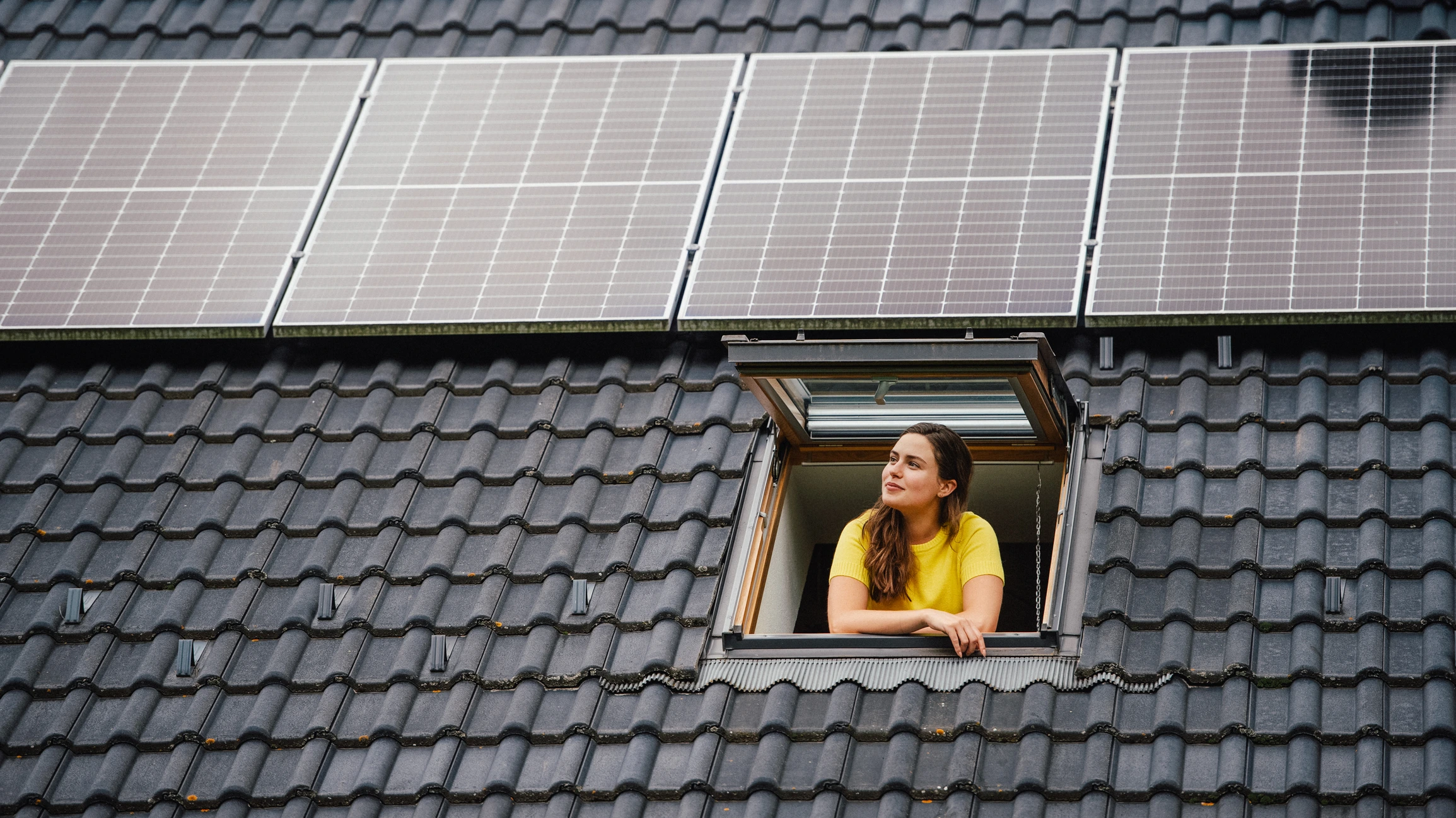September 2023
What is SEG and How Does it Work?
Explore how you can sell your energy back to the grid with SEG. Learn how it works, benefits, and its impact on renewable energy incentives.

The UK government has been paying self-generating users for the energy they produce through the FiT (feed-in tariff) scheme since it came into effect in April 2010. However, the scheme stopped accepting new applicants at the end of March 2019. Thankfully, this didn’t mean that new small-scale energy producers could no longer earn money for their electricity, as the SEG was introduced by the UK government on the 1st of January 2020.
But what is this government scheme? And how does it benefit you?
Learn all about the SEG and how it works here.
What is the SEG?
The SEG is the Smart Export Guarantee. This government scheme pays small-scale renewable energy producers for any energy they feed into the national grid.
How does SEG work?
The SEG works by paying small-scale generators for the energy they produce. This is only applicable to certain types of renewable energy.
Renewable forms of energy supported by SEG
If you are interested in taking advantage of the SEG, you can do so if you are producing energy through one of these different renewable methods:
- Solar photovoltaic (solar PV)
- Wind
- Micro combined heat and power (micro-CHP)
- Hydroelectric (also known as Hydro)
- Anaerobic digestion (AD)
Ofgem highlights that these renewable generation installations must offer a total capacity of less than 5MW, or 50kW for micro-CHP.
Choosing an SEG licensee
Ofgem provides a list of SEG licensees with which you can register in order to get paid for your renewable energy. You can review their rates and decide which SEG licensee you wish to go with.
So Energy is a listed SEG licensee.
SEG licensee rates
It’s important to note that you don’t have to be a customer of a particular energy provider in order to benefit from the SEG export tariff.
However, rates may differ depending on whether you are a customer or not. Rates may also change over time, so be sure to review them regularly.
The tariff could also be affected if you have a way to store electricity, such as a household battery or electric vehicle. Be sure to confirm whether this will change the rate with the SEG licensee before you choose to sign up with them.
How to send SEG readings
The SEG licensee paying for your renewable energy will need your export meter readings. You may need to go through different steps once you get these values, depending on whether you have a dedicated export meter or a smart meter.
If you have an older export meter, or your smart meter isn’t connected to your SEG licensee, you will need to manually take a reading of the amount you have exported. Once you have a reading, your SEG licensee will either require you to email or call and provide the reading.
If you have a smart meter that is connected to your SEG licensee, they will be able to track your export values automatically, so no additional steps will need to be taken.
How much money can I make selling energy back to the grid?
The amount of money you earn from SEG rates in the UK depends on how much energy you export to the grid. For those of you wondering, “What is the best SEG tariff available?” here are the per kWh rates for So Energy and some of our competitors. This is what you can earn even if you aren’t an existing customer of ours (these numbers were sourced at the time of writing in August 2023):

If you have a new solar and battery installation through So Energy, we will pay you 20p per kWh.
Let’s take a look at a few examples of different-sized households, the amount of energy they might produce depending on the size of their solar installation, and what they could earn through SEG payments.

*Assuming 1,800kWh annual usage and 2,500kWh annual generation for small home, 2,900kWh and 4,500kWh for medium, and 4,300kWh and 7,000kWh for large. Assuming all homes have 5kWh battery storage and 20p SEG rate.
You can also use the UK government’s Energy Saving Trust calculator to get an estimate of how much you could save by getting a solar installation, as well as what you could earn for your energy exports under the SEG tariff.
Do I qualify for SEG?
In order to qualify for SEG, you will need to meet the SEG requirements set by the UK government. These are:
- You need to have a renewable energy system. The renewable energy systems that are eligible include solar photovoltaic (solar PV), wind, micro combined heat and power (micro-CHP), and hydro or anaerobic digestion (AD) energy systems, as per the maximum sizes previously discussed above.
- You must have a meter system that can track export readings every 30 minutes.
- Your installation and installer have a microgeneration certification scheme (MCS) or equivalent certification.
- You are not receiving export payments from the Feed-in Tariffs scheme.
How to apply for SEG with So Energy
To apply for So Energy’s SEG export tariff, there are three stages that you have to complete.
Stage 1
You must also supply a Microgeneration Certification Scheme (MCS) or equivalent certification, a copy of the G59/G83/G98/G99 form sent to the Distribution Network Operator (DNO) by your installer, as well as the response if your renewable energy installation has a net capacity of larger than 16A or 3.68kW per phase, which indicates approval by the DNO. Lastly, you must provide proof of ownership of the renewable energy installation.
Stage 2
Our team at So Energy will confirm that you are not currently on the FiT scheme or receiving payments from it. If you are currently part of the FiT scheme, we can assist with transitioning you to the SEG tariff system.
We will also confirm if your renewable energy installation has an Export Meter Point Administration Number (Export MPAN), and if it doesn’t, we will begin the process of registering it with the DNO.
Stage 3
After stages 1 and 2 have been completed, we will get in touch to finalise your registration for our SEG tariff. A final confirmation email will supply you with all the information regarding your SEG plan with us.
Is SEG worth it for solar installations?
If you are thinking about getting a solar installation to reduce your energy bills, SEG makes a lot of sense. This is because any excess energy that would normally be lost, either because you don’t have a battery or because your battery is full, is now earning you money that you can put back towards the cost of your solar installation.
Ultimately, if you are already interested in getting a solar installation, one of the other advantages of solar is that SEG can help you convert your excess energy into potential earnings.
Get in touch with So Energy to take advantage of SEG
If you’re interested in a solar installation and want to make money from your excess energy using the SEG scheme, or you already have a solar install and are looking for a fair SEG tariff, So Energy can assist.
We are a renewable energy provider and SEG licensee that can help you go green and achieve energy independence with your own solar installation. Once your solar installation is completed, we can help you take advantage of the SEG scheme and earn money for the renewable energy that you feed back into the grid.
Already a SEG customer? Get support.
Contact us to find out more about our green energy services and SEG tariffs.
FAQ
What does SEG stand for in the UK?
In the UK, SEG stands for Smart Export Guarantee. This is a payment you will receive for exporting renewable energy that you have generated to the grid.
What are SEG payments?
SEG payments are payments that small-scale generators receive for exporting electricity from renewable sources to the grid.
How do you qualify for SEG?
You have to meet the government eligibility requirements, which include having a renewable energy system, a meter capable of tracking electricity exports every 30 minutes, and an installation and installer that are certified through the microgeneration certification scheme (MCS) or equivalent program. You also can’t receive SEG payments if you are part of the FiT (feed-in tariff) scheme.
Does SEG replace the FiT?
Yes, the SEG has been introduced to replace the FiT (feed-in tariff).
Do I need to be a So Energy customer to benefit from your SEG rates?
No, you do not. Anyone can sign up for our SEG tariff and get paid 7.5p per kWh.








